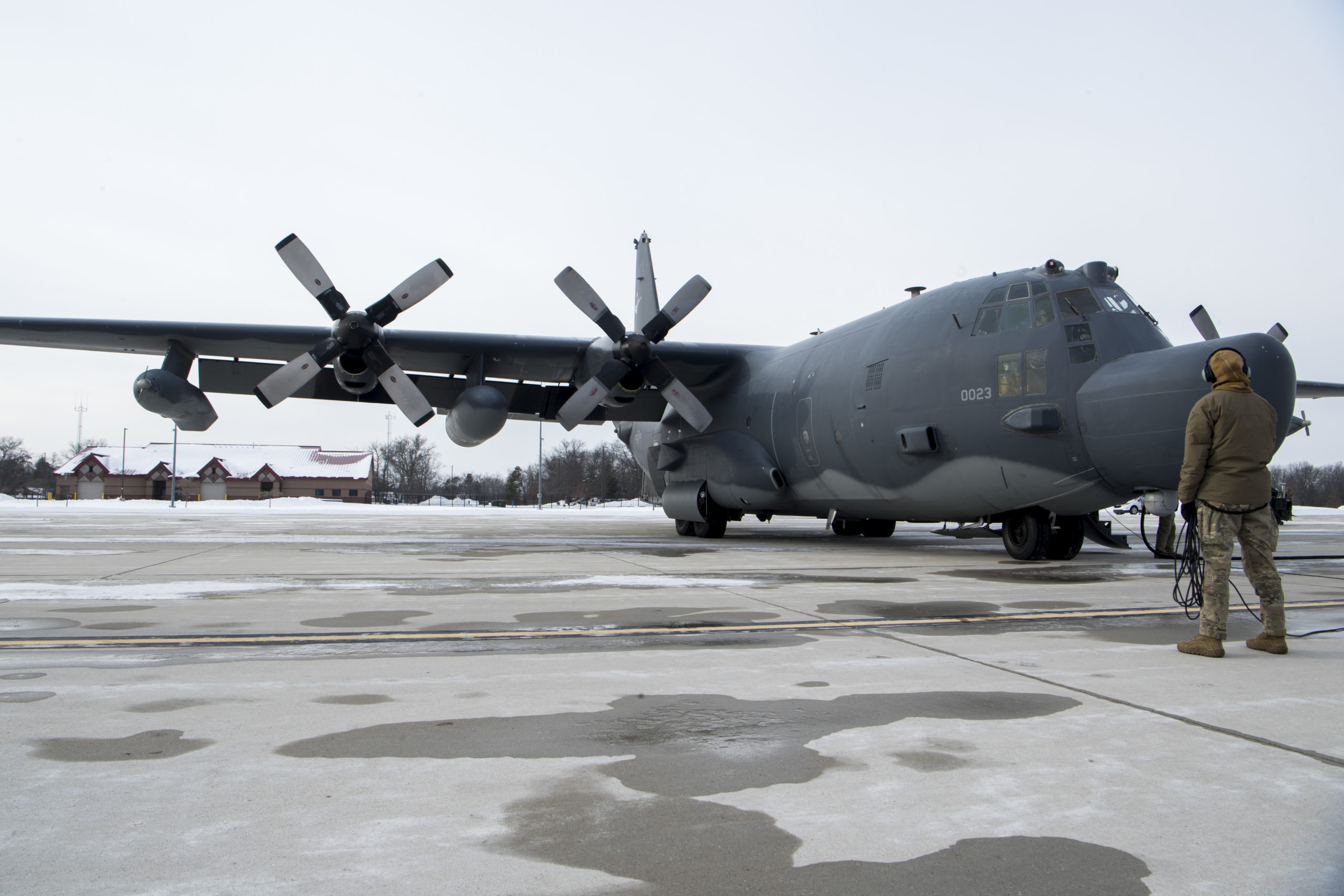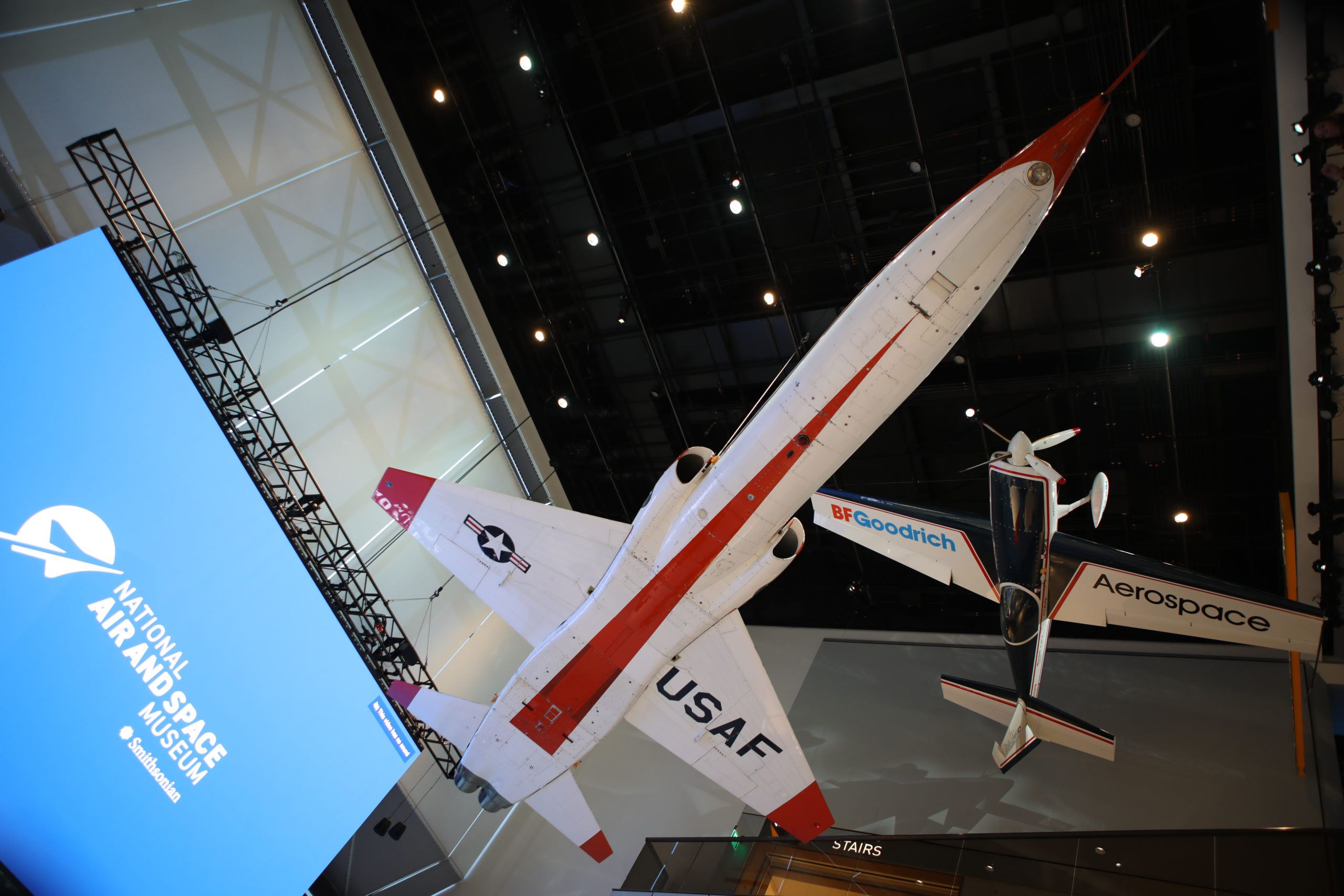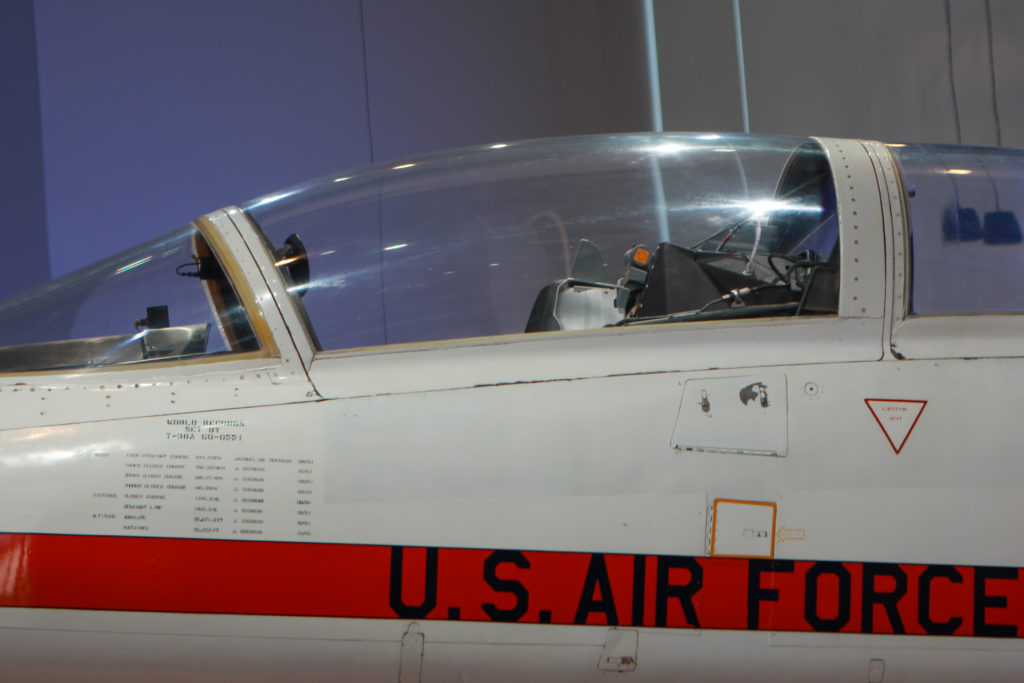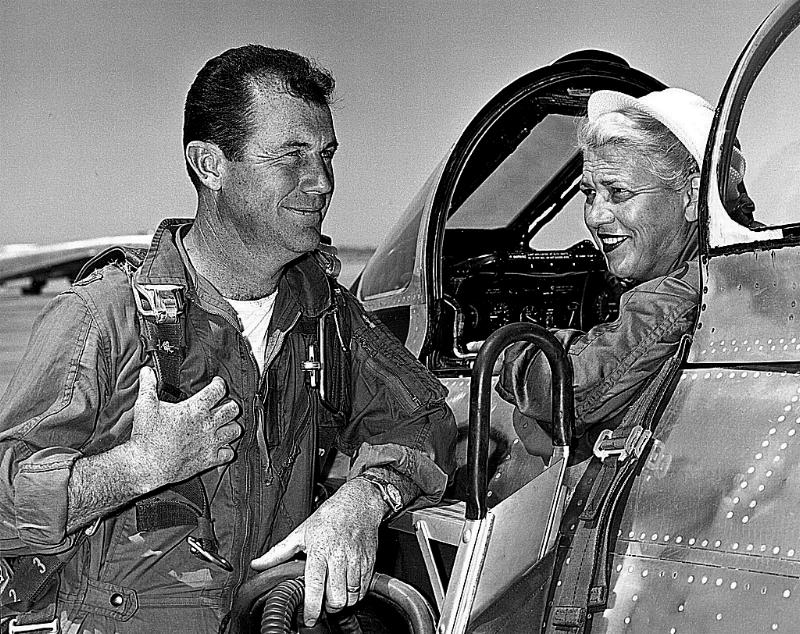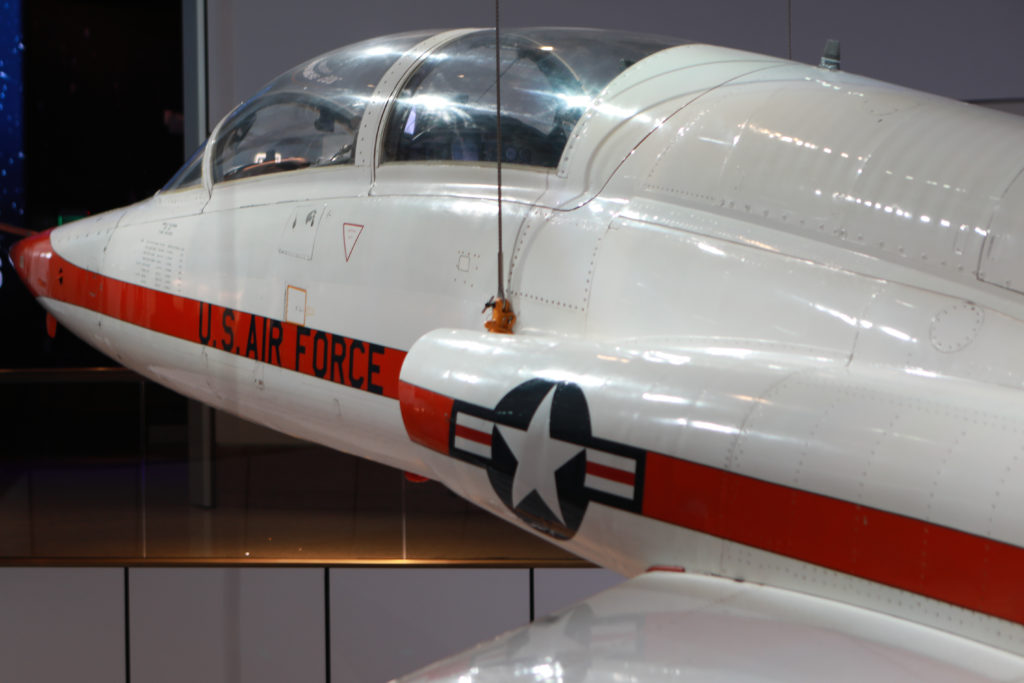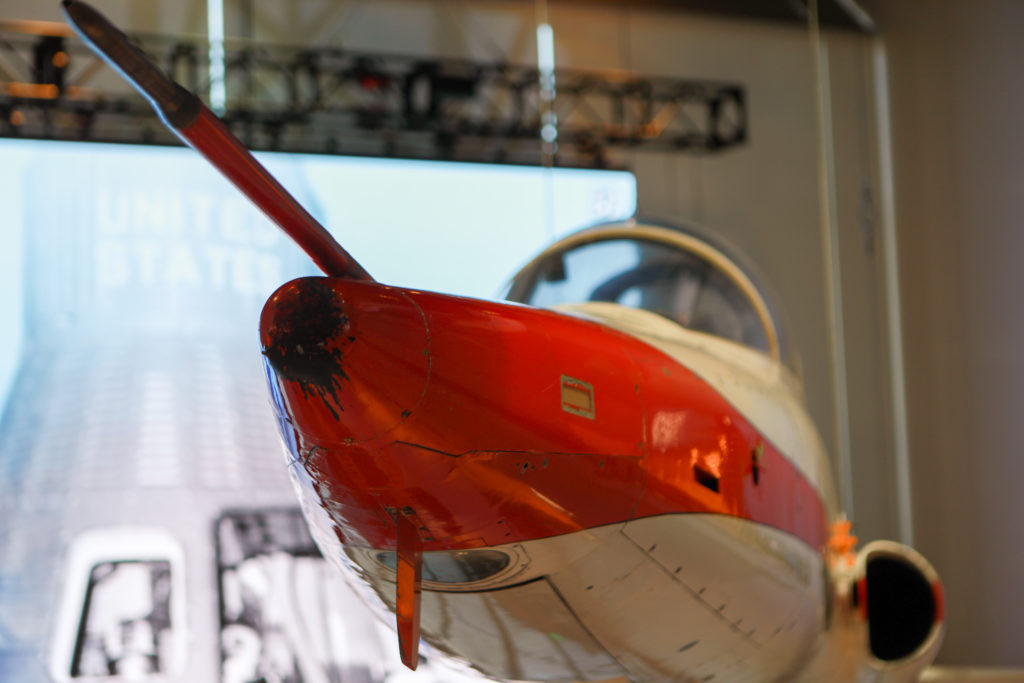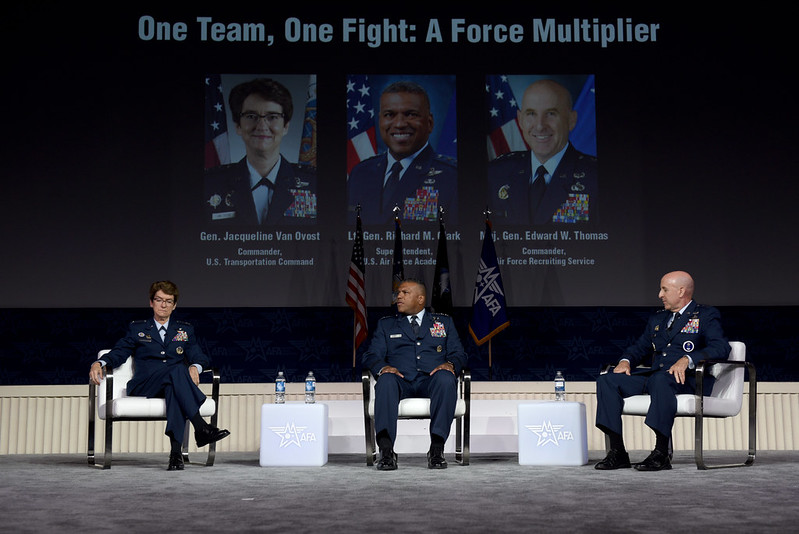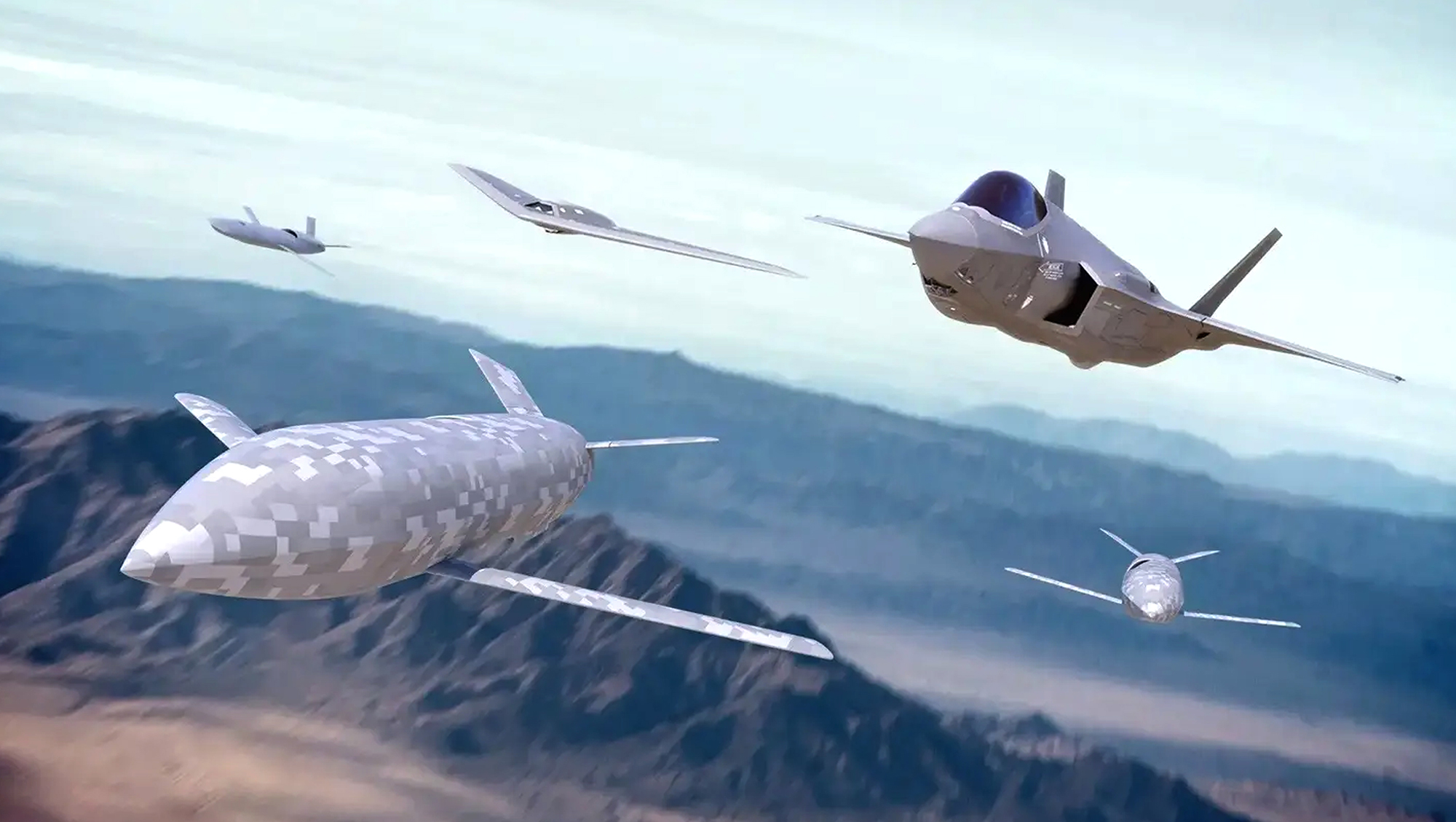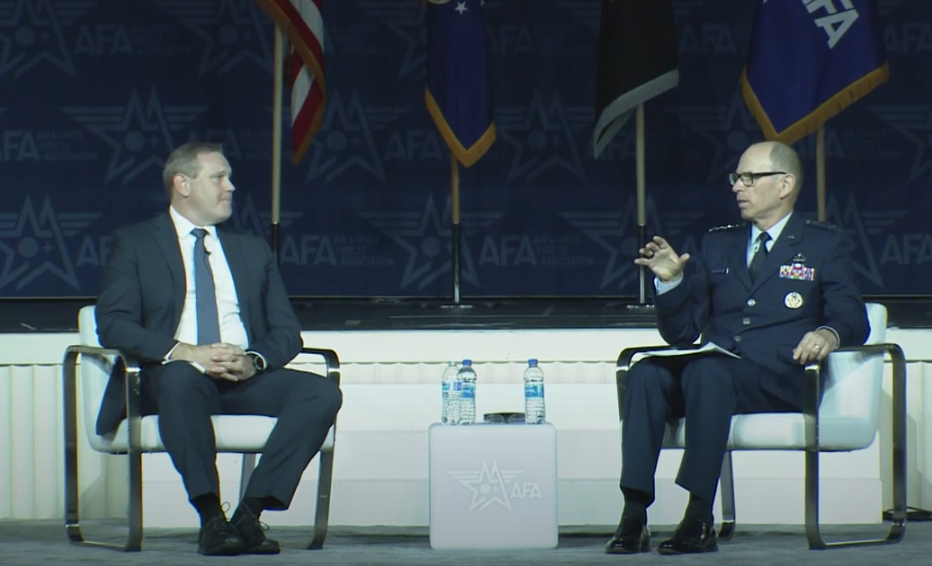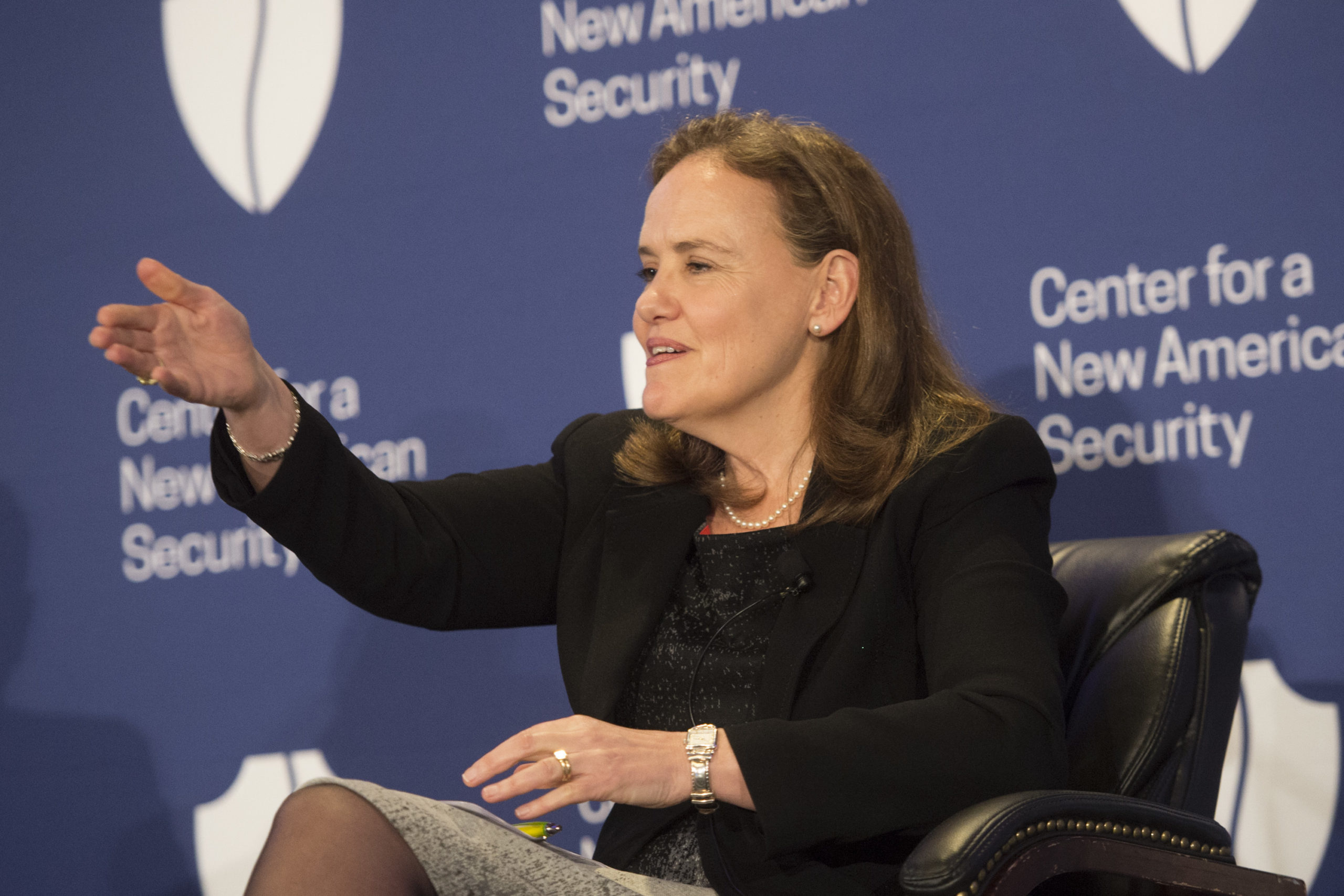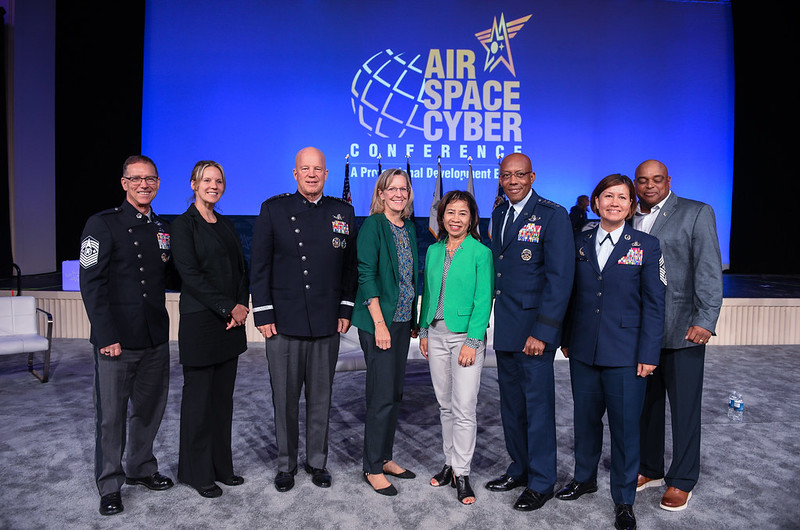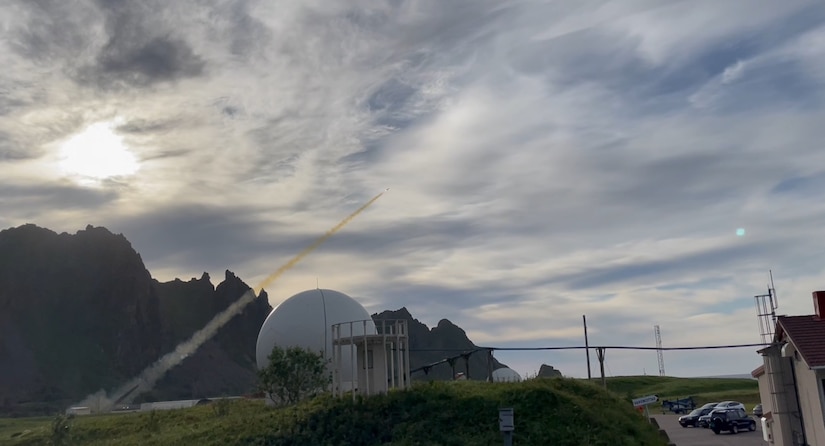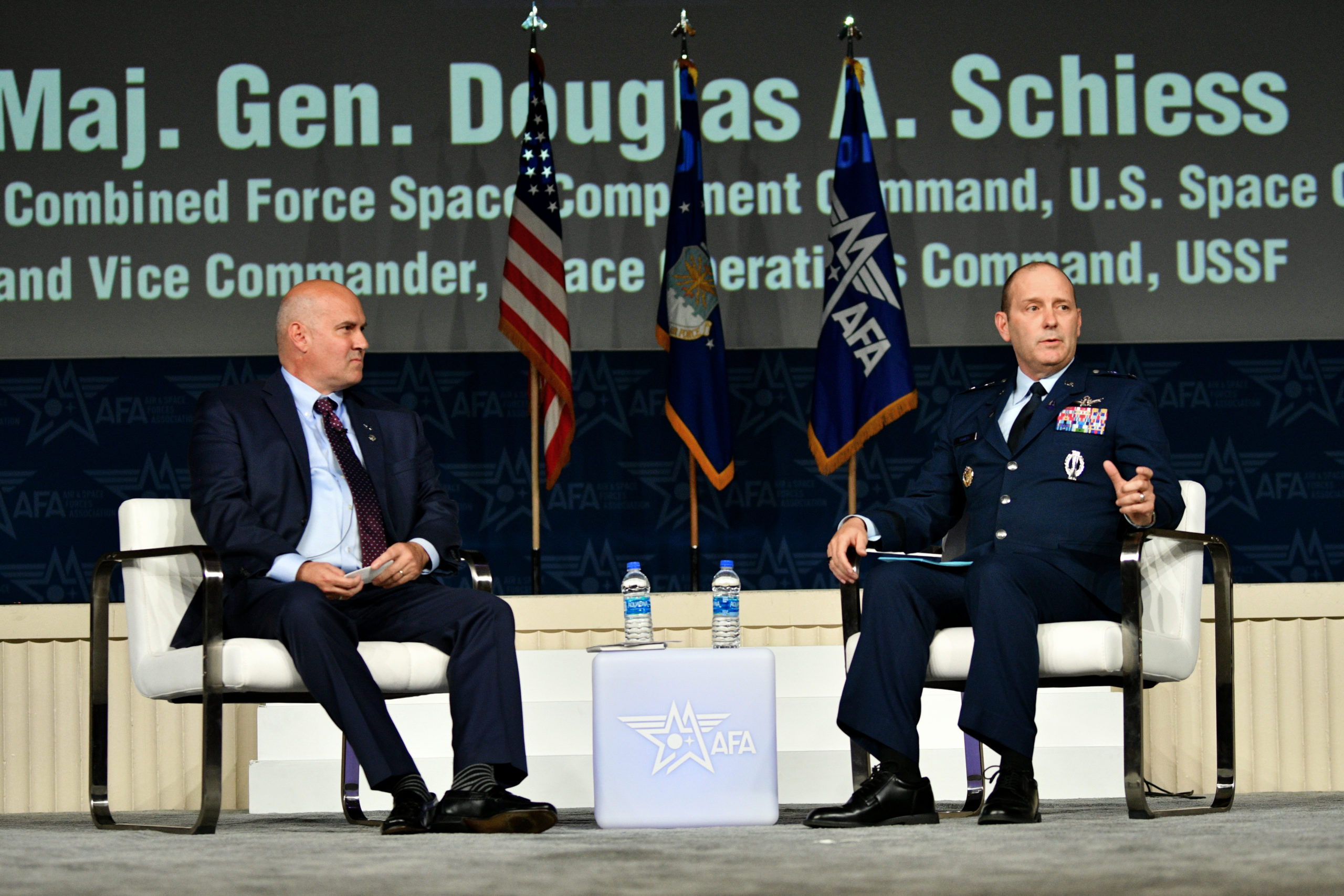Air Force Special Operations Command’s fleet of MC-130H Combat Talon IIs, used for infiltration, exfiltration, and resupply of special operations forces, has been grounded due to the same cracked propeller parts that led Air Mobility Command to keep its C-130H fleet from flying.
AFSOC spokesperson Lt. Col. Rebecca Heyse confirmed the grounding to Air & Space Forces Magazine on Oct. 6, saying the major command had inspected its MC-130Hs in accordance with the safety time compliance technical order (TCTO) issued by AMC.
Those inspections revealed that the MC-130Hs had cracked propeller barrels, Heyse said.
“We are working with AMC to determine timelines on fixes,” Heyse said in a statement. “The Air Force has been able to mitigate operational impacts with other aircraft.”
The issue was first discovered by AMC during a “post-depot operation engine run check” at Warner Robins Air Logistics Center, Ga., when a maintenance crew discovered a leak from one of the propellers. A further inspection found a crack in the propeller barrel assembly, and the same issue was subsequently discovered in two more propeller assemblies.
AFSOC is now the third command to confirm its aircraft have been grounded by the issue—AMC has said up to 116 C-130Hs could be affected, while Air Combat Command previously told Air & Space Forces Magazine that its fleet of seven EC-130Hs and one trainer TC-130H had also been inspected and weren’t flying while the service looked to “prioritize serviceable propellers based on requirements as quickly as possible while ensuring the safety of our aircrews.”
According to the most recent data, AFSOC has 10 MC-130Hs in its fleet. The Combat Talon II can provide mobility and tanker capabilities and was deployed to Afghanistan in 2021 as part of the withdrawal and evacuation from Kabul.
AFSOC is in the process of replacing the MC-130H with the MC-130J Commando II, just as AMC is replacing its C-130Hs with C-130Js. All C-130J variants are unaffected by the propeller barrel issue, as they have been outfitted with the newer NP2000 propellers.
Some C-130Hs have also been upgraded from the older 54H60 propellers, which date back to the 1970s. It’s been a ongoing, years-long process. In 2019, USAF officials noted in a congressional hearing that some of those propellers were prone to cracking. Collins Aerospace, which produces the eight-bladed NP2000, noted in a 2021 release that the Air Force has ordered upgrades for 83 C-130Hs.
The Air Force may look to speed up those upgrades to get C-130Hs flying again.
“Accelerating NP2000 production and installation is one of multiple avenues we are pursuing to resume operations as soon as possible,” AMC spokesperson Maj. Beau Downey told Air & Space Forces Magazine.
